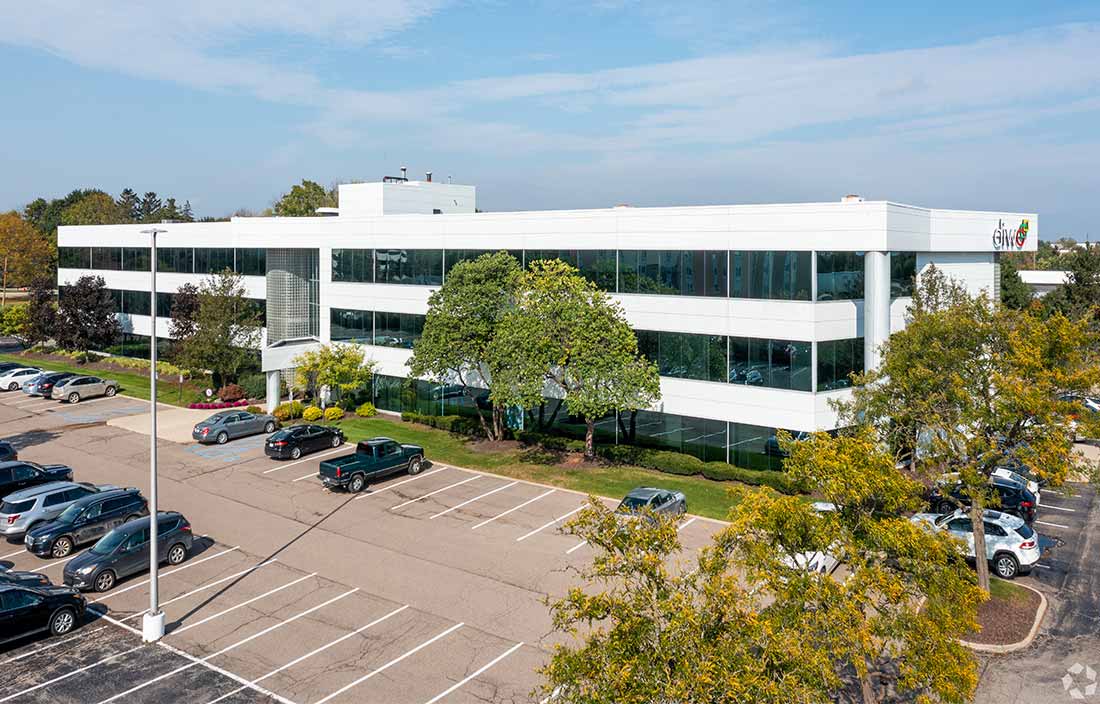Variable vs. fixed rates: Help borrowers weigh their options
Interest rates continue to be at historical lows. If rates slowly start to rise, you may have customers with variable-rate loans asking to lock into fixed-rate loans. But fixed rates aren’t right for everyone.
Comparing historical interest rates
As you know, variable-rate loans are often based on the U.S. prime lending rate. As of this writing, “prime” is 3.50 percent — and was at 3.25 percent since December 2008. But experienced lenders remember when the prime rate was much higher. At the end of 2000, prime was 9.5 percent. Back in 1990, it was 10 percent. And in December 1980, it peaked at 21.5 percent.
The median prime rate from 1947 to today is 8.75 percent. Interest rate changes are on top of a lender’s mind. But borrowers sometimes take today’s low rates for granted and, in doing so, risk getting burned when interest rates inevitably rise.
To illustrate, suppose a borrower currently pays interest at a rate of 4.25 percent on a line of credit with an average balance of $1 million. Assuming simple interest, the credit line would accrue $42,500 in annual interest charges.
If rates increase from 1 percent to 5.25 percent — still a low rate by historical standards — the borrower’s annual interest charges would increase nearly 24 percent to $52,500. An increase in interest rates can quickly eat away at profits for an asset-intensive borrower, such as a home builder, auto dealership, or high-tech manufacturer.
Forewarning customers about rate hikes
Obviously, interest rates are unlikely to jump a percentage point or two overnight. Typically, they might increase by a quarter or half percentage point, generally no more than a few times each year. But the gradual nature of these increases can be dangerous. Borrowers tend to focus on keeping up with orders, maintaining equipment, hiring employees, and selling new business. Administrative issues — like monitoring interest rate trends and renegotiating debt terms — are often put on the back burner. Owners may rationalize that a quarter-point increase doesn’t matter much over the long run, especially if the trade-off is growing the business.
While allowing your borrowers to pay higher rates may seem like a good way to improve your bank’s cash flow, it could backfire. Lenders who sit by idly as rates increase — without forewarning customers — are likely to engender distrust. Frustrated customers may decide to shop around for a new, more hands-on lender.
Targeting the right customers
It’s not necessarily worthwhile (or, in some cases, possible) for borrowers to convert every variable-rate loan. Here are some questions to ask yourself before suggesting a conversion:
- Does your borrower have the right type of collateral?
Fixed loans usually need some concrete form of collateral. Accounts receivable or inventory, which is more temporary in nature, is more likely to be financed with a line of credit that’s charged a variable rate. To take advantage of today’s lower rates, borrowers need to have equity in their property, plant, and equipment that they can leverage with fixed-rate debt, in order to rely less heavily on variable-rate credit lines. - How much debt is on the books?
If an owner finances most of the business’s operations with equity and only occasionally uses debt, interest will be a relatively insignificant line item on the income statement. In that case, the interest expense savings may not justify the hassle and cost of refinancing debt. - Will the borrower meet your bank’s underwriting requirements?
Short-term variable-rate loans are typically easier to qualify for than long-term fixed-rate ones. Many businesses took on variable-rate loans when they were struggling during the recession, with the intention of refinancing them with fixed-rate loans when conditions improved. Borrowers that continue to struggle still may not qualify for fixed-rate loans.
Review the footnotes to the liabilities section of a customer’s financial statements to determine which use variable-rate loans. Then meet with those that are also fixed-asset intensive and demonstrate strong financial performance to discuss their rate conversion options.
Evaluating the options
Borrowers always appreciate a heads-up about interest rate trends. For some, it may be a good time to convert variable-rate loans to traditional fixed-rate term debt. But many other factors should be considered, including the business’s sensitivity to interest rate volatility, its credit standing, refinancing costs, taxes, and financial reporting issues. A proactive loan officer or other financial advisor can help borrowers develop an effective strategy to minimize debt costs over the long run and earn long term loyalty.
Don’t forget to consider interest rate swaps
Some borrowers may not qualify for traditional fixed-rate loans. Or they might prefer to lock in only a portion of their variable-rate debt. In those situations, an interest rate swap might be a simpler, more flexible option that allows them to hedge against rate fluctuations. Many borrowers may be unfamiliar with this offering, so you can help get them up to speed.
Interest rate swaps may now be more appealing to certain borrowers from a financial reporting perspective than they once were. The Financial Accounting Standards Board now gives private companies a simplified option for reporting qualifying “plain vanilla” swaps. Instead of reporting them at fair value, private borrowers may report them at settlement value, leading to more consistent and simpler financial reporting.




